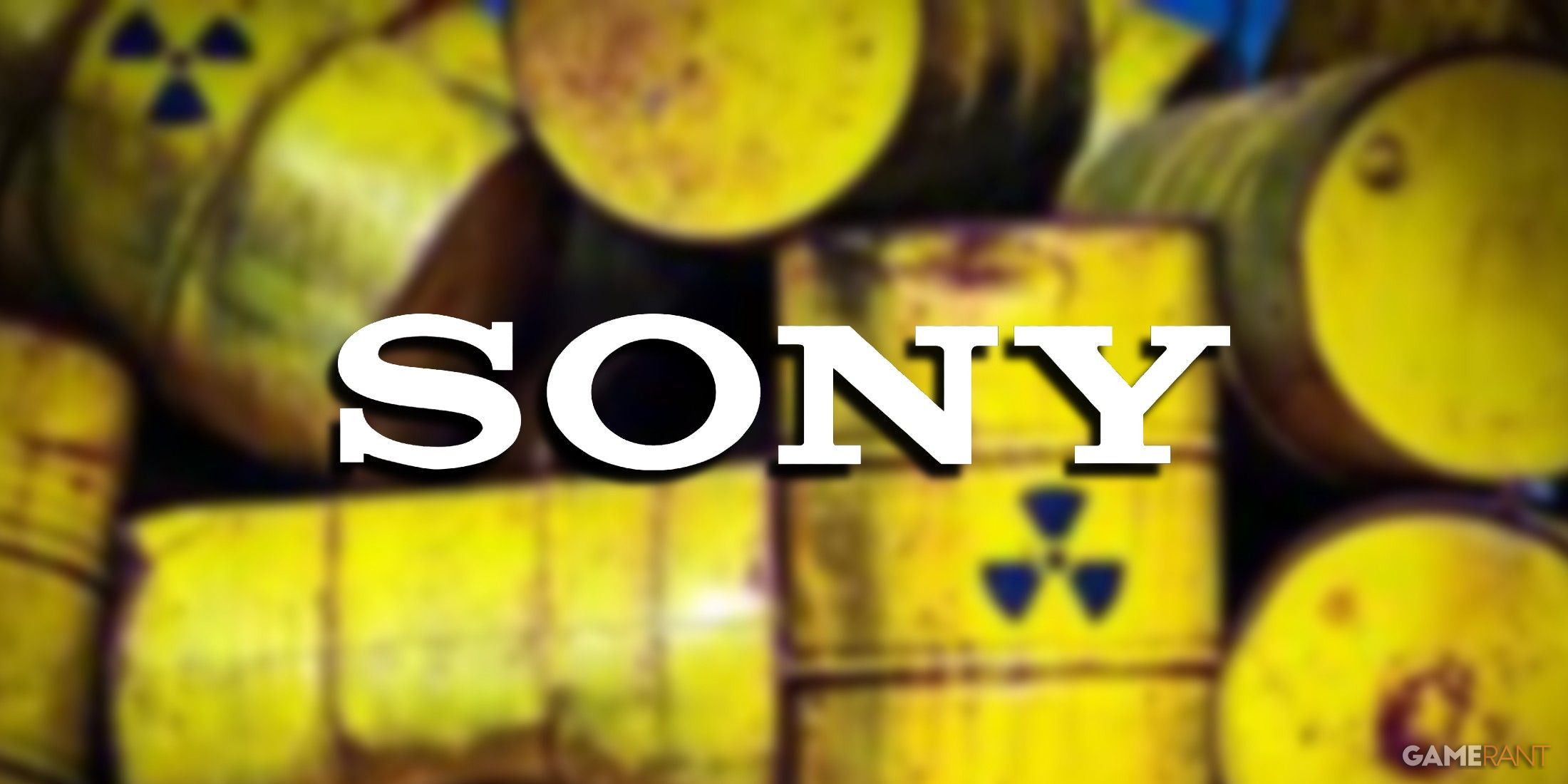
Summary
- Sony patent aims to track negative behavior in multiplayer games to promote healthy interactions and mitigate toxic actions.
- The system uses frequency markers to identify “bad actors” and encourage positive change.
- Sony’s efforts reflect a trend to address toxicity in online gaming, benefitting all players.
Moving forward with the goal of creating gaming as a more secure and inclusive space for all participants, Sony has filed a patent for a “misconduct detector” system designed to minimize harmful behavior in online video games. This filing is part of a series by Sony aimed at reducing negative interactions during multiplayer gaming and fostering enjoyable experiences among players.
In light of popular multiplayer games such as Fortnite and Minecraft attracting a younger demographic, companies like Sony have taken steps to make sure that their online platforms are free from harmful behavior and negative interactions. Much like the Sony VR safe space patent that surfaced in 2024, fresh documents indicate that Sony is continuing its efforts to establish more positive and nurturing environments for online gaming.
A patent submitted by Sony back in October 2024 and made public on May 22, 2025, outlines a “misbehavior tracker” for online multiplayer video games. This system monitors and reacts to unfavorable conduct, such as offensive messages or chat, repeated friendly fire against teammates, and similar actions. By keeping tabs on these interactions, it builds a user profile. If a player’s score for inappropriate behavior surpasses a set limit, their online privileges could be temporarily restricted until they demonstrate a change in conduct. This system aligns with other Sony safety patents aimed at fostering constructive and wholesome interactions within multiplayer video games.
Sony Bad Actor Detection System Patent Details





Sony’s toxic behavior detection system primarily relies on frequency markers as the key sign of unpleasant conduct. For instance, a player accidentally attacking an ally just once might not be flagged as a troublemaker. However, someone consistently targeting teammates, such as a griefer, would likely exceed the threshold and be identified as a bad actor. If this bad actor modifies their online behavior and falls below the set limit, any penalties could potentially be lifted, fostering continued constructive interactions. Although it’s not certain that Sony will fully develop and launch this detection system or other gaming software technologies, many are hopeful to see a prominent company taking steps to combat toxicity in gaming.
Many multiplayer video games online have unique systems to combat harmful conduct, but a unified system across all games might give players greater confidence in avoiding abusive users. The numerous Sony patents dealing with player behavior could hint at the company’s ambition to make gaming spaces more inviting, though it is uncertain if Sony intends to apply these patent-protected technologies.
Read More
- All Exploration Challenges & Rewards in Battlefield 6 Redsec
- Byler Confirmed? Mike and Will’s Relationship in Stranger Things Season 5
- Upload Labs: Beginner Tips & Tricks
- Top 8 UFC 5 Perks Every Fighter Should Use
- Grounded 2 Gets New Update for December 2025
- Best Where Winds Meet Character Customization Codes
- 2026’s Anime Of The Year Is Set To Take Solo Leveling’s Crown
- 8 Anime Like The Brilliant Healer’s New Life In The Shadows You Can’t Miss
- Battlefield 6: All Unit Challenges Guide (100% Complete Guide)
- Discover the Top Isekai Anime Where Heroes Become Adventurers in Thrilling New Worlds!
2025-05-27 22:08